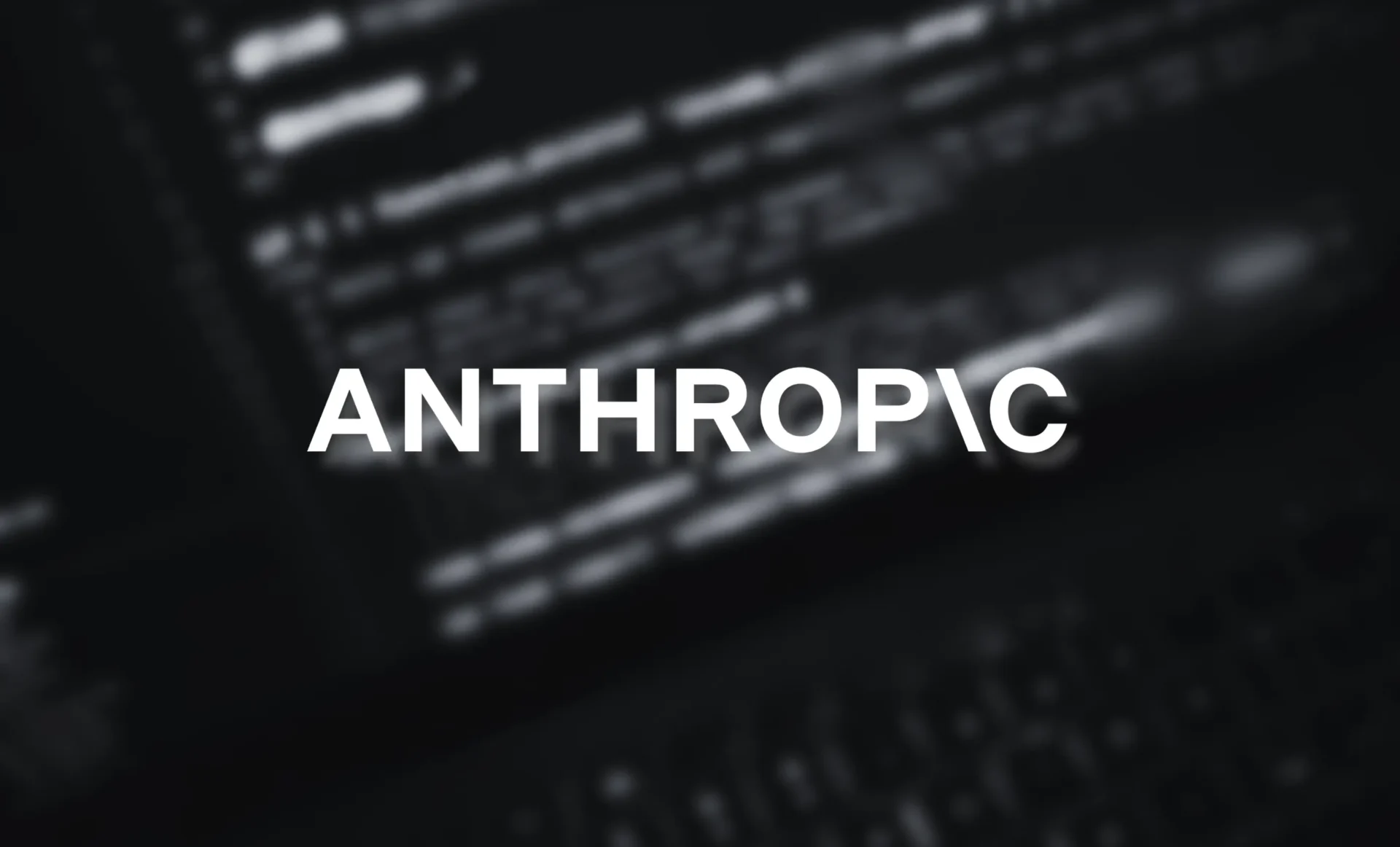In the vast expanse of online marketplaces like Amazon and Etsy, a peculiar trend is emerging that can easily go unnoticed until you take a closer look. Products like “Floral Whispers, Coloring Book for Women” are making their way into our lives, and they bear the unmistakable imprint of artificial intelligence. These AI-generated wonders, from self-help books to wall art and mugs, often come with distorted features and quirky oddities that hint at their unconventional origin.
The age of AI-generated merchandise
Easily accessible artificial intelligence is reshaping how we communicate, work, and create. Now, it is infiltrating e-commerce, as AI-generated self-help books, mugs, wall art, and coloring books proliferate in online marketplaces such as Amazon and Etsy. The third-party sellers responsible for these products are not obligated to disclose their AI-generated nature, making it nearly impossible for consumers to distinguish between human-made and AI-generated items. The consequence? A surge of scam products flooding an already bewildering online shopping landscape, potentially causing unsuspecting buyers to receive low-quality goods or inadvertently undermining the livelihoods of real artists.
The perils of unidentified AI-generated goods
While some AI creators are transparent about their process and produce AI-generated products for novelty’s sake, others engage in less savory practices. These unscrupulous sellers exploit AI to reduce costs and expedite production, capitalizing on popular product categories for easy profits. Moreover, copyright and intellectual property issues surrounding AI remain unresolved. Many generative AI tools, such as OpenAI’s ChatGPT and image-generator Dall-E, were trained on content scraped from the internet, including copyrighted material, leaving original creators uncompensated and uncredited.
AI can even be used to impersonate specific creatives, causing concerns for artists like Polish artist Greg Rutkowski and author Jane Friedman, who discovered books on Amazon using her name and mimicking her writing style. Such instances raise questions about the authenticity of AI-generated content and its potential to mislead consumers.
The accuracy dilemma
Beyond authenticity and legality, AI-generated content poses a more profound problem: accuracy. AI-generated text is not optimized to generate truth; it is designed to produce compelling text. This discrepancy between generating captivating content and conveying accurate information can have dire consequences, especially in fields like health or education. For instance, Amazon recently removed a guide on foraging for mushrooms, which some readers suspected was generated by AI and could have provided erroneous advice about the edibility of mushrooms.
Seeking solutions for AI products
Major e-commerce companies like Amazon and Etsy have not banned AI-generated content from their platforms, nor do they require labeling or disclosure of products primarily produced using AI tools. This lack of regulation leaves consumers in a vulnerable position.
The Authors Guild, which represents authors whose work has been used to train AI tools, advocates for legislation and urges companies to disclose when AI writes a book. Mary Rasenberger, the CEO of the Authors Guild, emphasized the need for consumer protection and the preservation of the market for human creative works. The ultimate goal is to ensure that AI is regulated, licensed, and legitimate and that authors receive due compensation.
Amazon has taken a step by requiring self-published books using Kindle Direct Publishing to notify them if they are AI-generated. However, this information is not currently visible to shoppers, leaving consumers at risk.
The role of tech organizations
In response to the rise of AI-generated products, tech organizations are working on tools to identify AI-generated content. For example, Google is developing an invisible watermarking tool to detect AI output. These tools aim to provide consumers with the means to differentiate between human and AI-created products.
How to detect AI-generated products
Until regulations and labels become commonplace, consumers must take on the role of detectives when shopping online. Here are some strategies to help distinguish AI-generated products:
1. Scrutinize product details
Examine all available product images, zoom in for close inspection, and look for anomalies.
Pay attention to backgrounds, as they may reveal errors that aren’t immediately obvious in the main subject.
Inspect depictions of people for unusual features, such as distorted proportions or incorrect body parts.
Count fingers and ensure that anatomical details are accurate.
2. Investigate the author
Research the author’s online presence and social media profiles.
Be cautious of self-published authors, although this alone does not indicate AI generation.
Scrutinize product descriptions for coherence and relevance.
3. Examine Seller Credentials
Investigate the seller’s history, other products, and business name.
Check how long the seller has been operating.
4. Trust your intuition
Be wary of products that seem unusually new in the store and mimic popular items from established publishers.
Look for patterns that scammers might use, such as common tropes from popular books.
In a world where AI-generated content is rising, consumers must remain vigilant and informed. While AI has its place as a tool for creators, it’s essential to ensure that AI-generated products are transparent and regulated, and uphold the quality and authenticity consumers expect. Until then, shoppers are responsible for navigating this evolving landscape of AI-generated merchandise.





